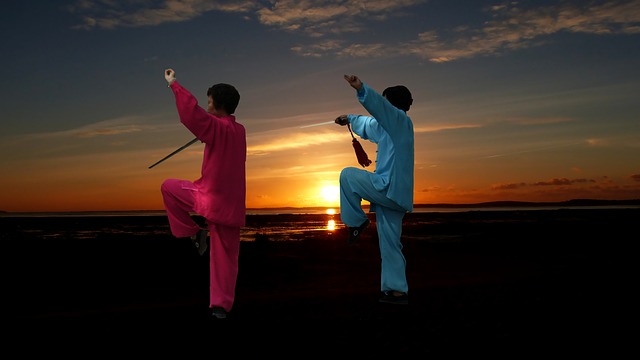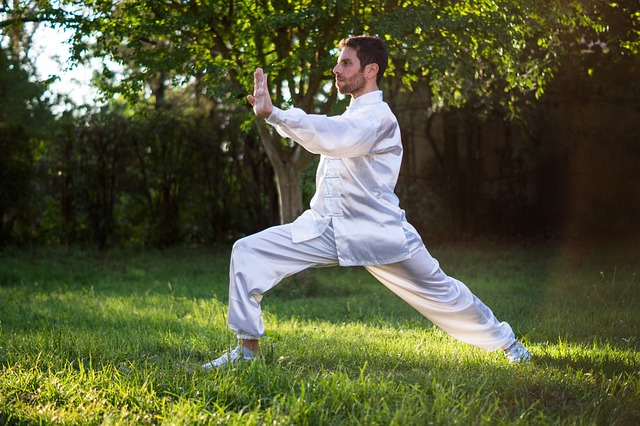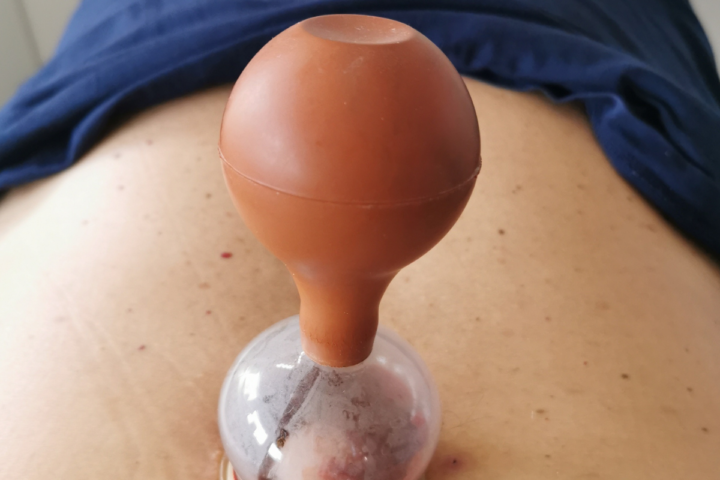Tai Chi is a specific chinese martial art with a centuries-old tradition. It is sometimes referred to as 'soft boxing' or 'meditation in movement' due to its majestic, dignified and rather slow sequences of movements.
What is Tai Chi?
Tai Chi, a traditional martial art, is based on energy flowing from within. The name Tai Chi itself is an abbreviation of the longer term tai chi chuan, derived from the words: taiji - great finality: i quan - fist, or fighting style, and it denotes a martial art in line with the idea of taiji.
These exercises are suitable for everyone. They involve slow, fluid movements combined with deep breaths that relax the exerciser. Characteristic of this sport is stretching the entire body in all directions while depositing weight to stabilise the posture. By stretching the body, it influences the expansion of intra-articular spaces. It does not require muscular tension, but among the prerequisites its champions point to patience, perseverance and... humility.
Stretching, in Tai Chi, differs from stretching or yoga in that it does not fully close or straighten the joints.
History of Chinese martial arts
Both the theory and practice of Tai Chi developed in harmony and harmony with Taoism and Confucianism. They emerged from the assumption that a tough and confrontational response to a violent attack causes harm to both parties, which is the consequence of responding with violence to violence.
To avoid this, it teaches a different attitude - accepting the external force with gentleness and following its movements until it exhausts or weakens enough to be redirected safely, combining the yang z yin. It is the combination of yin i yang in combat is the main objective of the sport.
The father of this Chinese martial art is said to have been the Taoist monk Zhan Sanfeng, It certainly already existed in the early 17th century, when Chen Wangting, the creator of the oldest and one of the most popular styles of the sport, Chen, was alive and active.
In recent years, this art has gained enormous popularity, but has moved away from its roots. The exercises are no longer regarded as a way of fighting - but are part of 3 parallel strands: sport, health and spiritual.

What is Tai Chi exercise recommended for?
Due to its therapeutic qualities, Tai Chi is now mainly practised as an exercise to increase physical fitness and immunity and to stabilise the balance of the mind by increasing concentration and raising self-awareness of the body and soul. They result in slow, fluid movements and accompanying deep breaths that calm the mind. According to practitioners, they influence more rational thinking and decisions.
These exercises can help people with multiple sclerosis, as well as type 2 diabetes. They also support blood circulation and proper breathing rhythm, promoting pressure regulation and stimulating lymphatic circulation.
Regular Tai Chi training can help strengthen bones especially in the prevention of postmenopausal osteoporosis. They can also be a form of rehabilitation for people suffering from joint injuries or osteoarthritis, they also strengthen muscles, correct posture and have a beneficial effect on the sense of balance. They also relieve rheumatic pains or pains in the spine.
Tai chi also improves the condition of those struggling with depression. It sets a good mood, improves wellbeing and also lowers stress hormone levels. In addition, when practised regularly, it stimulates the immune system and helps to treat sleep disorders - improving the quality of sleep.
Training in this sport can also reduce the feeling of pain, mainly due to the relaxation and endorphins massively produced during exercise. It is also an excellent method for combating stress. The slow and fluid movements facilitate meditation, detachment from the outside world and problems.




